Judging a design award is not for the faint of heart. The juror experience requires a high-level of expertise, an appetite for innovation and an innate sense of what makes design great. The following nine designers share a behind the scenes look into what goes into judging a major design award — from the most rewarding to the most challenging.
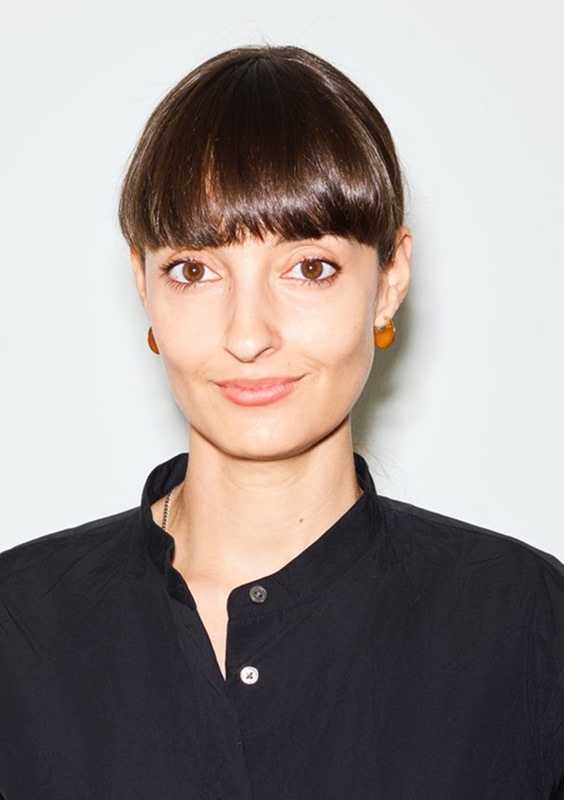
On balancing subjective taste with objective criteria when evaluating entries
Instead of asking whether I like a product or not, I focus on understanding its essence, what it’s truly meant to be. As in the design process itself, I step back from my own taste, especially when evaluating products that weren’t created with someone like me in mind. I look for clarity, honesty, innovation, responsibility, and purpose. While subjective taste does play a role for the end user, I remind myself not to take things personally.
Ana Relvao
Co-Founder, RELVĀOKELLERMANN
On what it takes to put together a diverse and relevant design jury
Good Design Australia selects jury members for our annual Australian Good Design Awards based on a commitment to excellence, diversity, and deep expertise across the design spectrum. Jurors are carefully chosen to reflect a balance of gender, ethnicity, age, and cultural background, ensuring inclusive and representative decision-making. Particular attention is given to including First Nations and Indigenous designers, as well as emerging voices from younger generations.
Cross-cutting expertise is essential — panels feature experts in the traditional fields of design but also include subject matter specialists from various fields. This multidisciplinary approach ensures that every design submission in our Awards programme is evaluated with the nuanced understanding it deserves, from both a specialist and holistic design perspective.
Brandon Gien
Chair, Good Design Australia
WDO President (2013-2015)


On what qualities make a design stand out
When reviewing hundreds or even thousands of submissions, what truly stands out is design that feels completely fresh and original. First impressions matter — the visuals catch the eye: unique shapes, unexpected colours, striking imagery, or a captivating concept. It needs to be visually compelling, like eye candy. Once the design draws us in, we take a closer look at the project. In the end, the work must offer something more, a new solution or a unique experience that sets it apart.
Astrid Hébert
Director and Co-Founder, 3C Awards
On how serving as a juror has impacted their approach to design
Serving as a juror in global design competitions has deepened my appreciation for the power of responsible design. Evaluating work that addresses climate action, disaster management, aging populations, and education has reinforced the importance of purpose-driven innovation. Seeing diverse perspectives and breakthrough ideas has broadened my approach, emphasizing sustainability, inclusivity, and real-world impact. Competitions not only recognize excellence but also shape the future of design by challenging norms and inspiring new directions. This experience has reaffirmed my belief that design is not just about aesthetics, it is a force for meaningful change in society.
Pradyumna Vyas
WDO President-Elect (2023-2025)
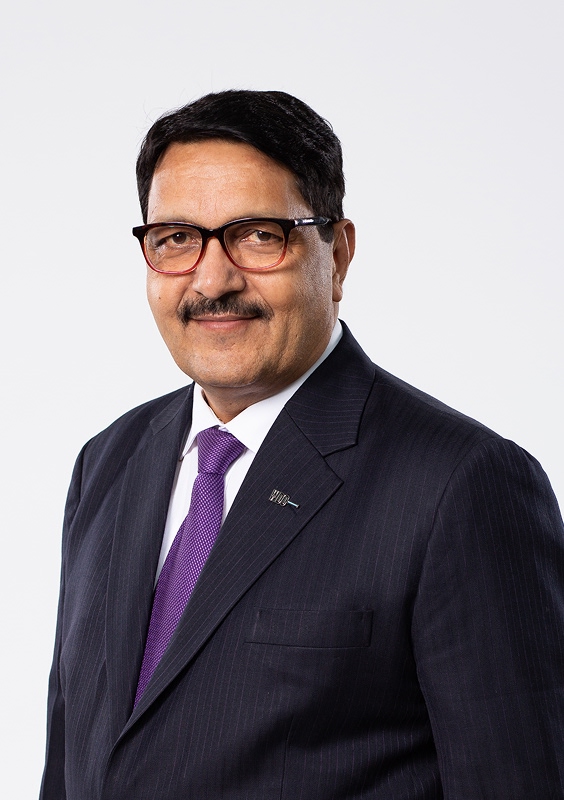
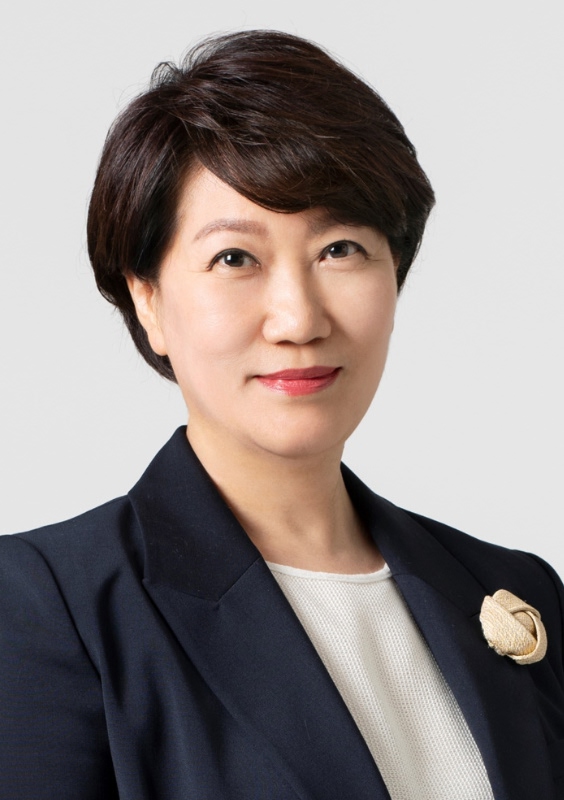
On what they find most rewarding about serving as a juror
Serving as a design awards juror is always a privilege. I find purpose in promoting the meaningful impact of design. It is therefore especially rewarding to champion entries that thoughtfully address and respond to pressing global challenges, particularly those related to sustainability, through active engagement in the judging process. Encountering outstanding entries, and supporting emerging design talent and design-driven organizations.
Eunjoo Maing
Executive Director, Design Research Institute
On what advice they would give to designers submitting their work to major competitions
Of greatest importance is understanding the awarding criteria. The better, global awards, have clear disciplines and guidelines to ensure rigour, quality and impartiality. When entering a piece of work, be hyper focussed on explaining the entry and its benefits. Do this very succinctly, use video and imagery carefully and always in the context of the award criteria or risk busy judges missing what is relevant and inspiring about your design.
Jarred Evans
Managing Director, PDR
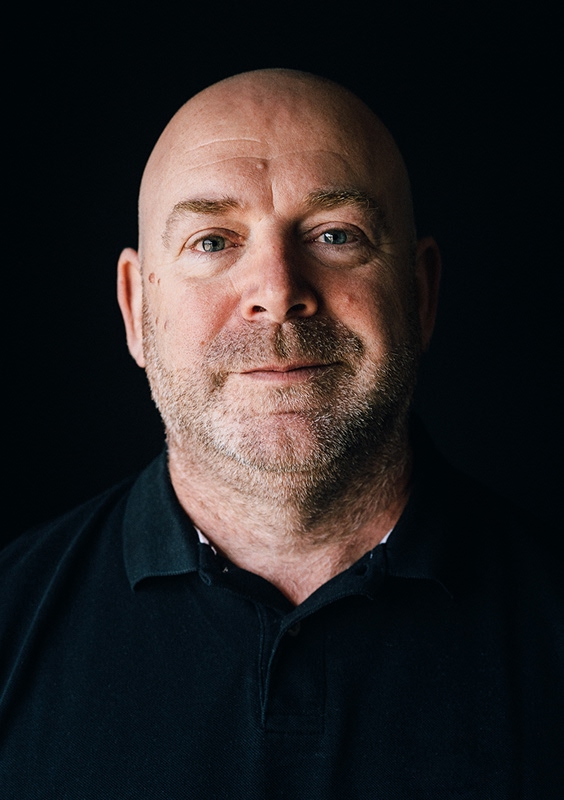
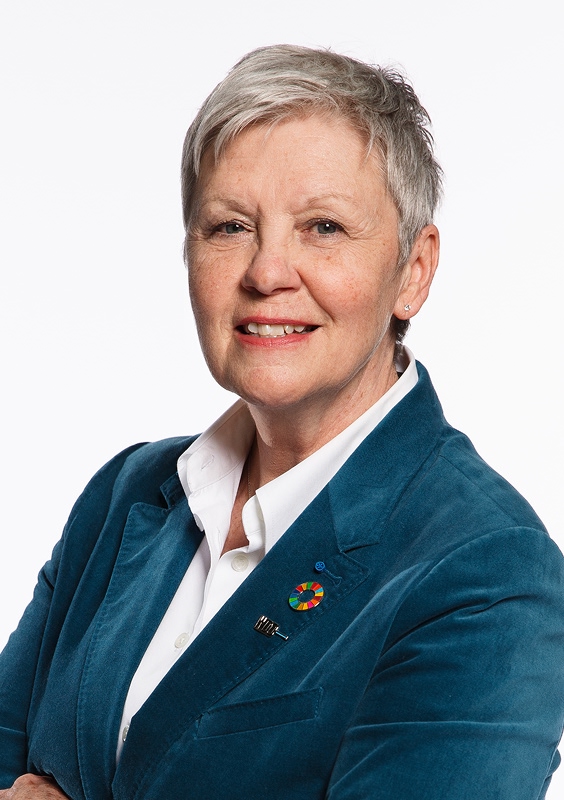
On what advice they would give to designers submitting their work to major competitions
Amid current disruptions and rising anxiety, design should foster simple, accessible forms that help make sense of global changes. Experience design, inherently systemic and holistic, demands new skills and tools. To build a better world, it is crucial for designers to actively engage with the conditions in which science and emerging technologies operate.
Anne Asensio
Vice President of Design Experience, Dassault Systèmes
On a moment when a design completely changed their perspective during the judging process
With years of judging experience, I am deeply impressed by how cross-disciplinary design creates harmony with the environment. A Best Design winner at the 2024 Golden Pin Design Award exemplified this, using steam-bent bamboo, recycled buoys, and translucent fabrics to craft a cocoon-like bridge—seamlessly blending innovation with nature in a poetic way.
Oliver Lin
Vice President,
Taiwan Design Research Institute


On what kind of preparation they do before a judging session
Together with other jury members, we review the criteria, outcomes and annual theme of the award, and then start ice-breaking and chatting before judging discussions begin. Thinking about my involvement with Japan’s Good Design Award (G Mark), many awards usually have a variety of entry categories, so we have to think about different aspects and leverage different expertise.
Seiichi Saito
Director, Rhizomatiks Architecture

